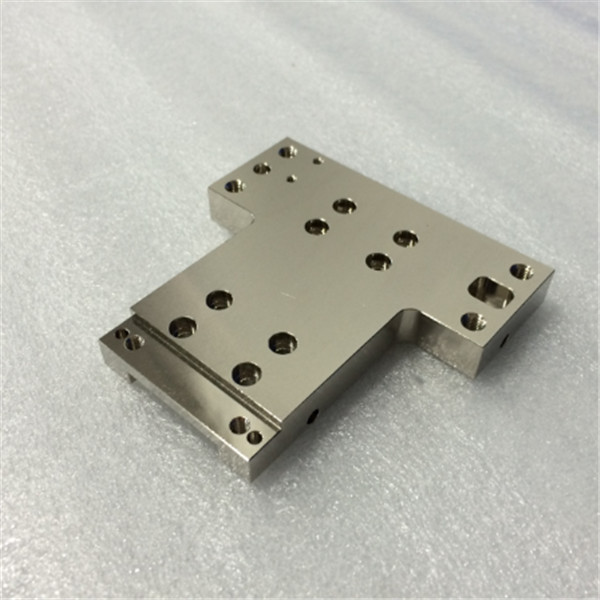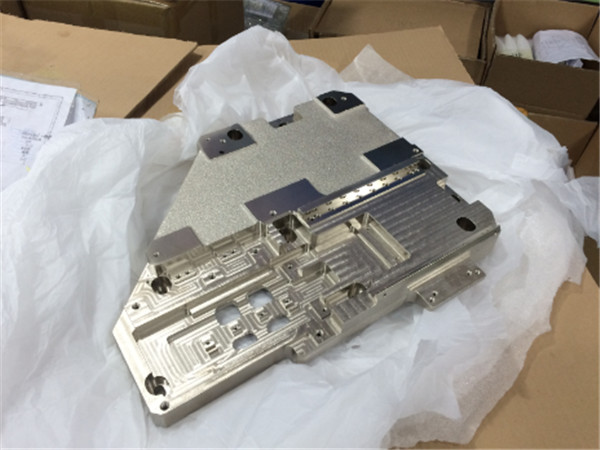Turn-mill CNC machine tool is a typical turn-mill center with high precision, high efficiency, high rigidity, high automation and high flexibility. The turning-milling compound CNC lathe is an advanced compound machine tool consisting of a five-axis linkage milling machining center and a double-spindle lathe. It provides a better solution for the processing of high-precision, high-quality, and highly complex small parts.

With the rapid development of science and technology in the world, many products are developing in the direction of precision, miniaturization and light weight. Many small precision CNC machine tools usually need to meet the needs of users. In my country's current machine tool products, there is still a lack of such precision CNC machine tools. In addition to being widely used in the watch industry, medical equipment, auto parts manufacturing and other light industries, it can also be used in aerospace, weapons, ships and other defense and military fields to process many precision special components, such as flight control gyroscopes, air-to-missile inertial navigation components , suitable for small sophisticated and complex components on the market.
There are no special requirements for the machine tool, but at least one Y-axis movement must be provided. The rotation of the workpiece provides the C-axis motion for the milling cutter to deliver the required feed rate (power). However, the cutting speed of the workpiece is measured in IPM rather than lathe SPM (meaning that the workpiece cutting speed in a milling center is much lower than when turning). But the movement of the Y axis is necessary because the milling cutter needs a lot of eccentric machining.
Moreover, when the tool is eccentric, the required part size cannot be machined, because when the tool is in the center, the center of the tool intersects the center of rotation of the part, so the tool can only cut with the end face (that is, cannot cut) and cannot cut. Cut edges. The tool centerline must be offset from the part rotation centerline by one quarter of the tool diameter to ensure proper cutting by the blade.
The following three types of tools can be effectively used in a turning-milling center. The main reason to use a wiper blade or scraper. For end mills in turn milling, it is possible to make large face or heavy intermittent cuts. Ladder milling uses insert end mills. Solid end mills are used for machining cylindrical parts, precision milling deep and narrow grooves.
Using the scraper structure of the above-mentioned tool, high-efficiency and high-precision machining can be realized.
But with this method, problems can arise when the tool gets close to the sides of the steps and grooves. At this time, after the eccentric tool is processed, many rounded corners will be left on the surface of the part. To remove these fillets, the tool must be reworked. At this point, the tool offset is no longer needed, and the tool moves along the Y axis to the center of the part for machining. However, in certain processing steps (sometimes metals are not allowed).

One of the unsatisfactory facts in turning-milling machining center machining is the shape error of the machined parts. When the milling cutter is milling around the part, it is inevitable that some fan marks will be formed on the surface of the part at certain intervals. This error cannot be completely eliminated, but the wiper blade can be effectively controlled. The polished blade fits closely with other blades, so that the blade is slightly raised in the width direction, so that the blade of the blade just extends to the machined part to machine a new blade surface, and the slight fan marks are smooth.
Post time: Mar-02-2023
